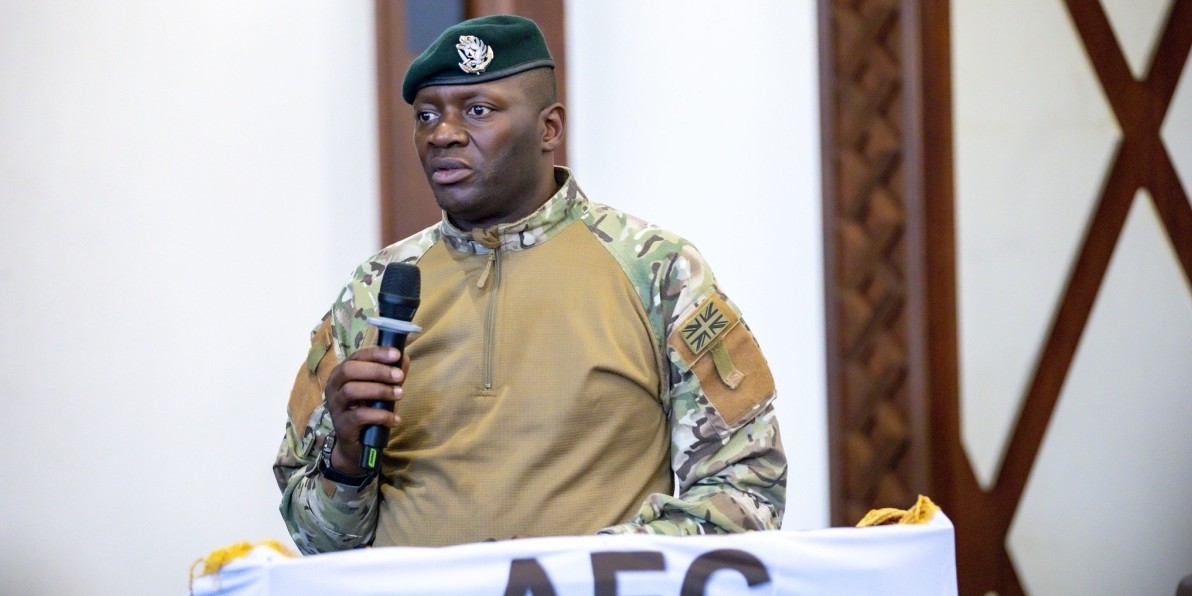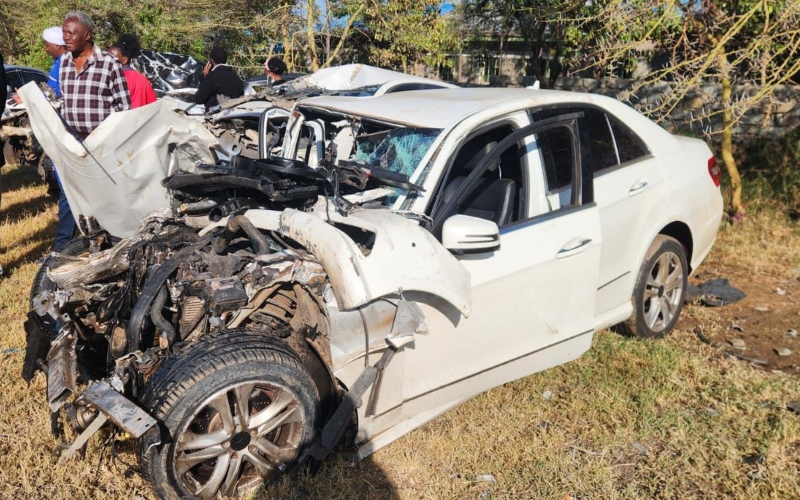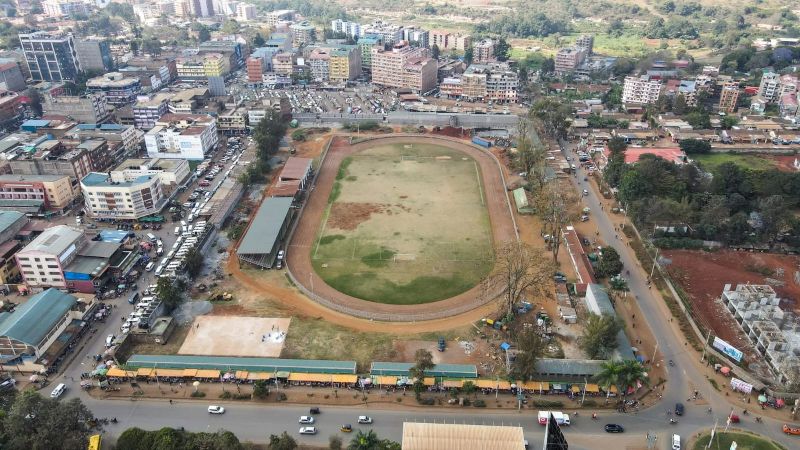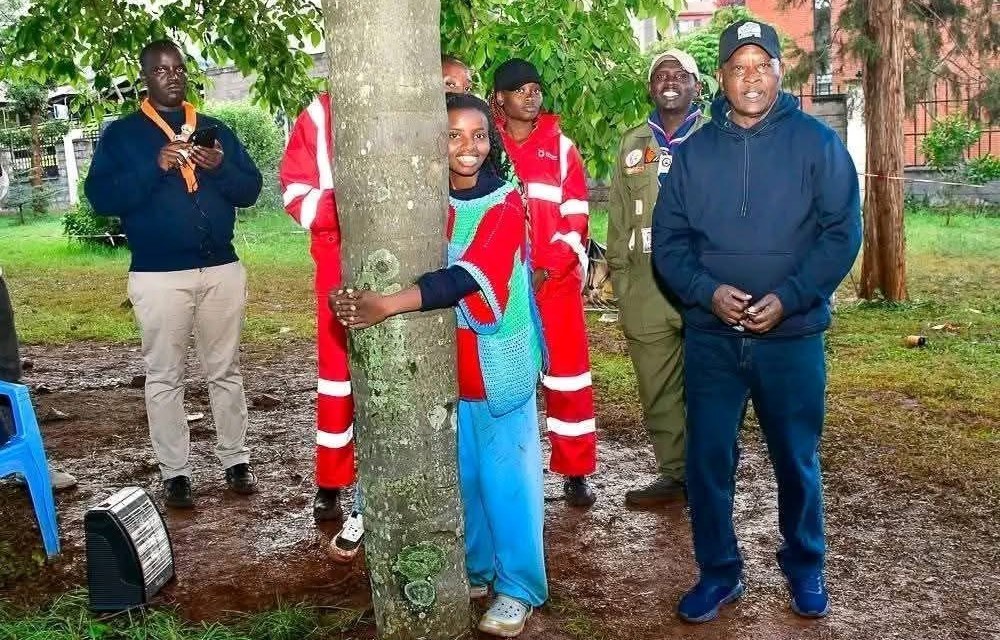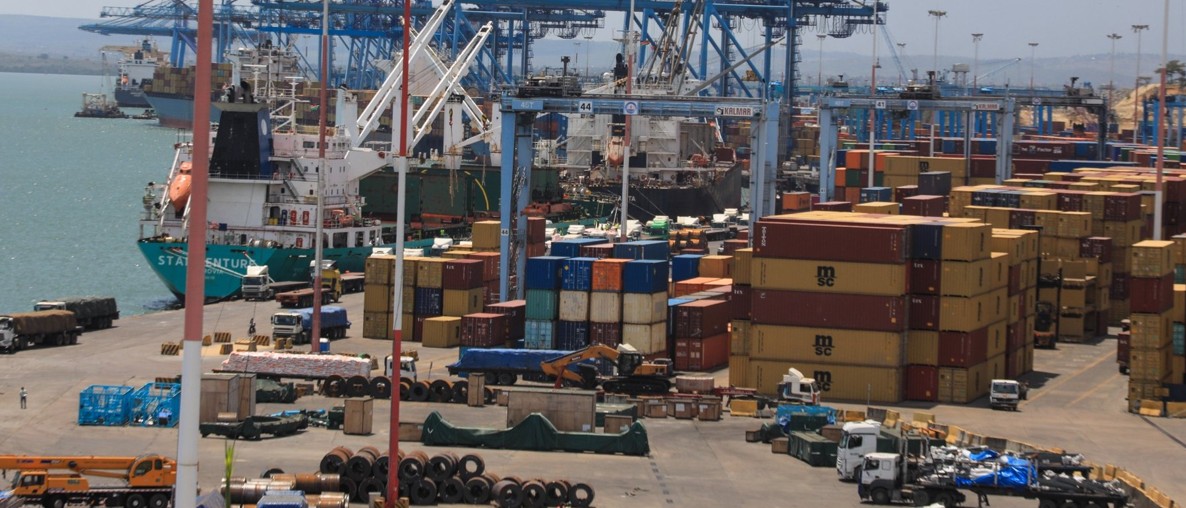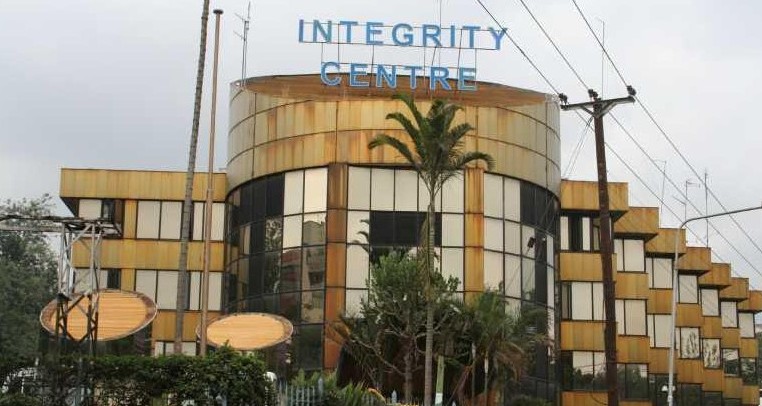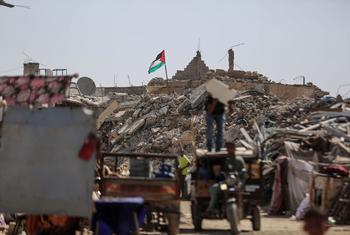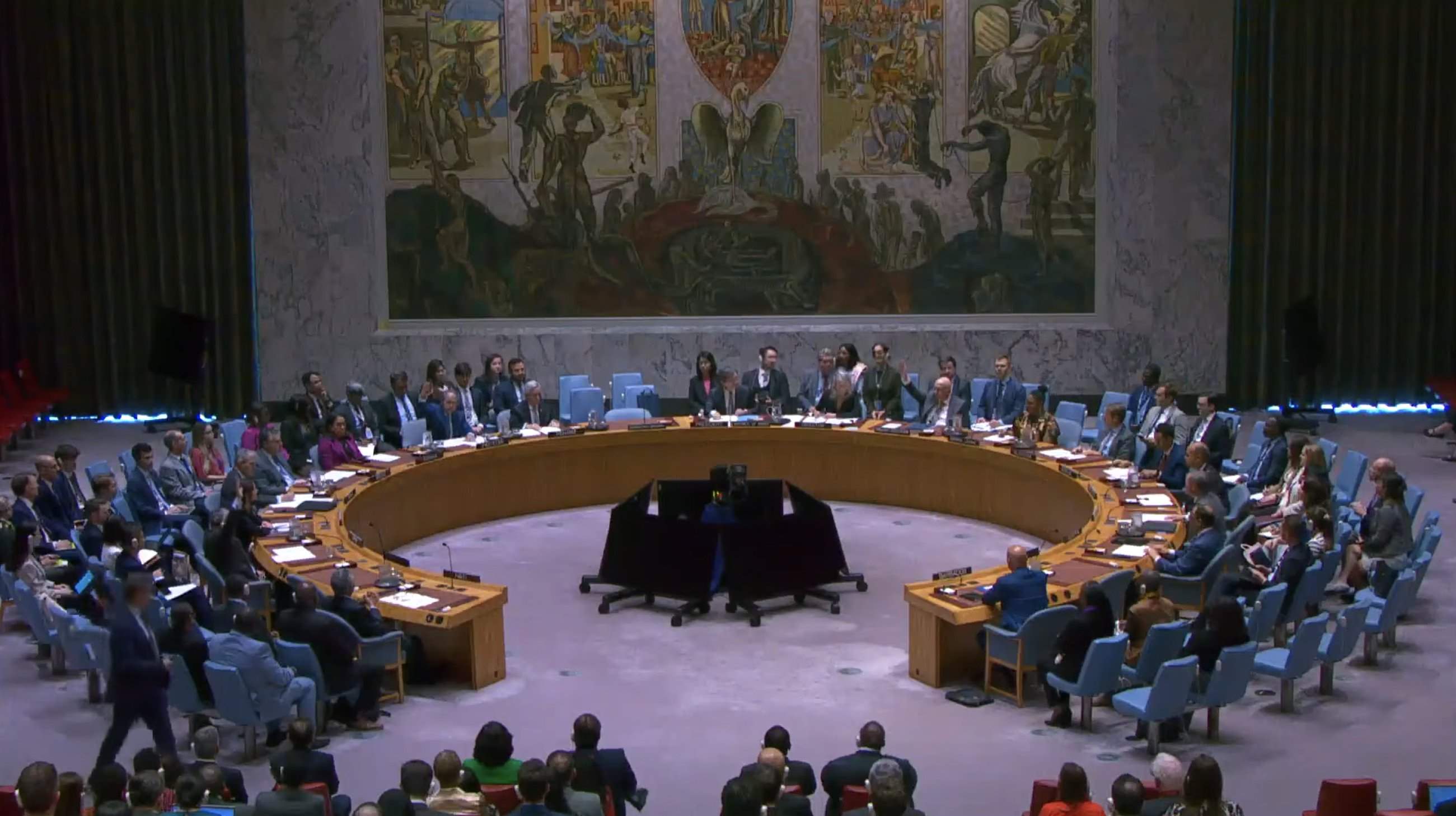Amhara region's education sector battered by militarised conflict
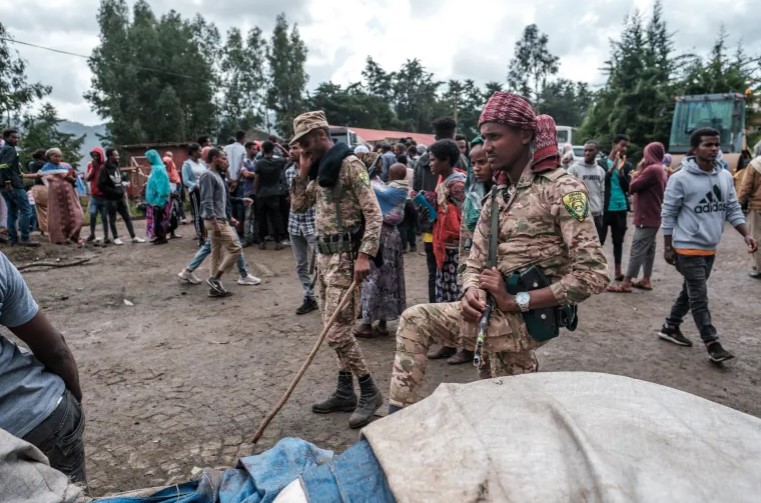
Only 577 students are expected to take the 12th-grade national examination in two rounds, marking a sharp decrease from the anticipated 19,657 students.
The ongoing militarised conflict in the Amhara region has dealt a severe blow to the education sector, significantly reducing student attendance for national examinations.
According to reports from the East Gojjam Zone Education Department, only 577 students are expected to take the 12th-grade national examination in two rounds, marking a sharp decrease from the anticipated 19,657 students.
More To Read
- Kenyan abducted in Ethiopia freed after Sh3 million ransom, flown home
- 30 killed, 200 others injured in Ethiopia church construction collapse
- Hailstorms, floods devastate farmlands in Tigray, Amhara regions
- Ethiopia’s two bids at democracy have failed: What it will take to succeed
- Extrajudicial killings, torture, mass detentions: US 2024 report paints grim picture on Ethiopia’s record
- Worsening drought, conflict push millions in Ethiopia into acute food insecurity, FEWS NET warns
The conflict has led to the closure of more than 407 schools across the zone, severely limiting access to education for students.
Out of nearly 1,000 primary and secondary schools in the region, only 32 remain operational, serving fewer than 13,000 students compared to the expected attendance of over 539,996 students from grades 1 to 12 this academic year as reported by the Addis Standard.
Regional examinations have also been heavily impacted, with only a fraction of schools able to conduct exams for sixth and eighth-grade students.
Out of the expected 791 schools, only 12 will accommodate 506 sixth-grade students, while a mere 10 schools will host 431 eighth-grade students, both in two rounds.
Deteriorating situation
The conflict's toll extends beyond educational disruptions. School closures, property damage estimated at over 290.3 million Birr, and the displacement of educators have all contributed to the deteriorating situation. The well-being of students and the community has been affected, further worsening the challenges faced by the education system in the region.
In the school year 2023/24, over 2.6 million primary and secondary school students in the Amhara region (nearly 42 per cent) are out of school.
A staggering 3,500 primary and 225 secondary schools are shut down in the Amhara region due to the civil war, and some of the schools are serving as military camps. Close to a quarter of a million children are out of school in Western Oromia due to the armed conflict.
In Tigray, millions of schoolchildren have missed years of educational opportunities due to the civil war that has rocked the region.
The conflict in the Amhara region has been ongoing for several months, marked by clashes between various factions and armed groups. Rooted in political, ethnic, and territorial tensions, the conflict has resulted in widespread displacement, loss of life, and destruction of property.
Efforts to resolve the conflict through diplomatic channels have so far yielded limited success, as underlying grievances and power struggles continue to fuel the violence. The situation remains volatile, with significant humanitarian and socio-economic consequences for the region and its residents.
Top Stories Today
